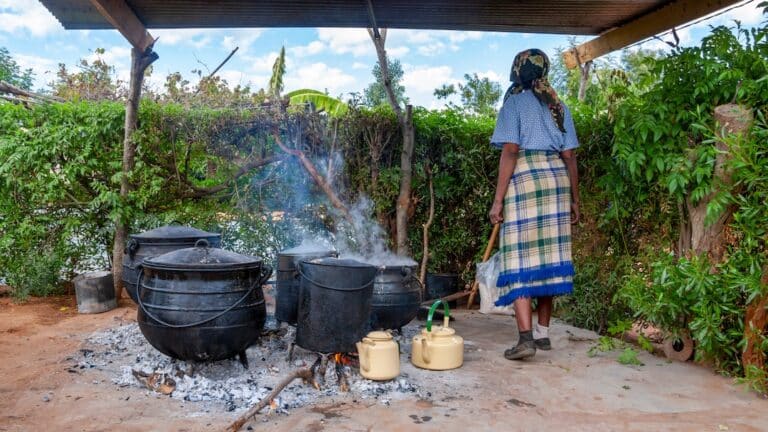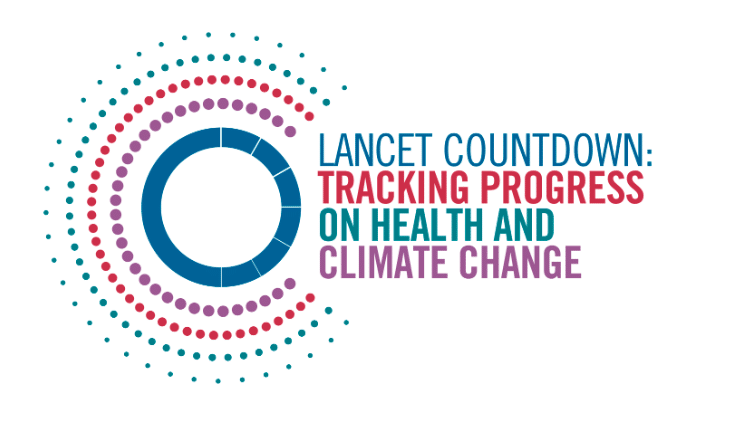Pentagon’s Critical Mineral Stockpiling Plan Points To Shortage Expectations
Defense Logistics Agency is buying critical minerals to secure supply chains from China's control. Stockpiling efforts are ramping up.
Current Access Level “I” – ID Only: CUID holders, alumni, and approved guests only
Improving public health is tied to quickly transitioning our energy supplies to clean, low-carbon energy sources. By developing and implementing solutions for clean energy systems as soon as possible, we can mitigate the damage to our global health.


While tens of millions of people work in formal energy jobs around the world, another group that comprises a massive and key labor segment in this sector is often overlooked: women and girls producing biomass

In this article, the authors posit that tackling natural gas flaring and fostering low-carbon ammonia production are pathways worth exploring to help create capabilities to produce nitrogen fertilizers while reducing greenhouse gas emissions.

The developing world has been hit hard by the fragility of the nitrogen fertilizer supply chain, a vulnerability exposed by various recent events perturbing the global economy, most notably Russia's invasion of Ukraine.

This paper explores both federal and state administration of LIHEAP, common ratepayer-funded affordability programs, and unique energy access and affordability concerns that arise in rural areas and Native American communities.


In 2020, 33.53 million U.S. households experienced some form of energy insecurity.

Food trade is generally perceived to increase the availability and diversity of foods available to consumers, but there is little empirical evidence on its implications for human health. Here we show that a substantial proportion of dietary risks and diet-related mortality worldwide is attributable to international food trade and that whether the contributions of food trade are positive or negative depends on the types of food traded. Using bilateral trade data for 2019 and food-specific risk–disease relationships, we estimate that imports of fruits, vegetables, legumes and nuts improved dietary risks in the importing countries and were associated with a reduction in mortality from non-communicable diseases of ~1.4 million deaths globally. By contrast, imports of red meat aggravated dietary risks in the importing countries and were associated with an increase of ~150,000 deaths. The magnitude of our findings suggests that considering impacts on dietary risks will become an important aspect of health-sensitive trade and agriculture policies, and of policy responses to disruptions in food chains. A large share of all food produced for human consumption is internationally traded, including foods with important public health implications such as fruits, vegetables, legumes, nuts and red meat. Using bilateral trade data and food-specific risk–disease relationships, this study estimates the impact of food imports on diet-related health effects per country.
This summer's wildfires on Maui are the largest environmental disaster in Hawaiian history.
